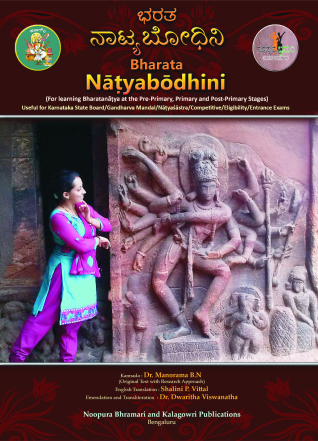Highlights
Parakīyā is a character who is not commonly used as she is often considered as a lady of loose morals. If that be so, how and why have saint poets written about here? Why are mentions of her found in the puraṇas? What is the connection of a parakīyā with Vaishnavism? A clear and deep understanding of these concepts needs to be addressed. Once that is done how is it that she must be portrayed? What are the do-s and dont’s to be taken care of, for her portrayal are a few questions that need to answered, for an effective presentation of this nāyikā on stage.
Since this paper is primarily exploratory in nature, qualitative research methodology has been used. Also since the data collected have been analysed to fill in the lacuna, analytical method of research is used. Sanskrit texts have been analyzed to understand the various facets of the parakīyā nāyikā.
Abstract
Parakīyā is the nāyikā who does not belong to the nāyaka. This division, parakīyā is not mentioned by Bharata in Nāṭyaśāstra. Infidelity by a lady towards her man was considered as one of the pañcamahāpāpam-s yet today she is considered as the highest form of devotion. This paper will deal with the transition along with the earliest mention of this nāyikā in texts and important events in history which lead to the change. Dealing with the practical aspects of the nāyikā, songs of different genres by famous poets is dealt with. The cause of rasābhāsa and bhāvābhāsa as stated by alaṃkārikās is adapted to this nāyikā and the activities which can be incorporated and the ones to be avoided while choreographing is also dealt with. Examples of a parakīyā nāyikā from alṃkāraśāstra is analysed to conclude an apt portrayal of this nāyikā.


